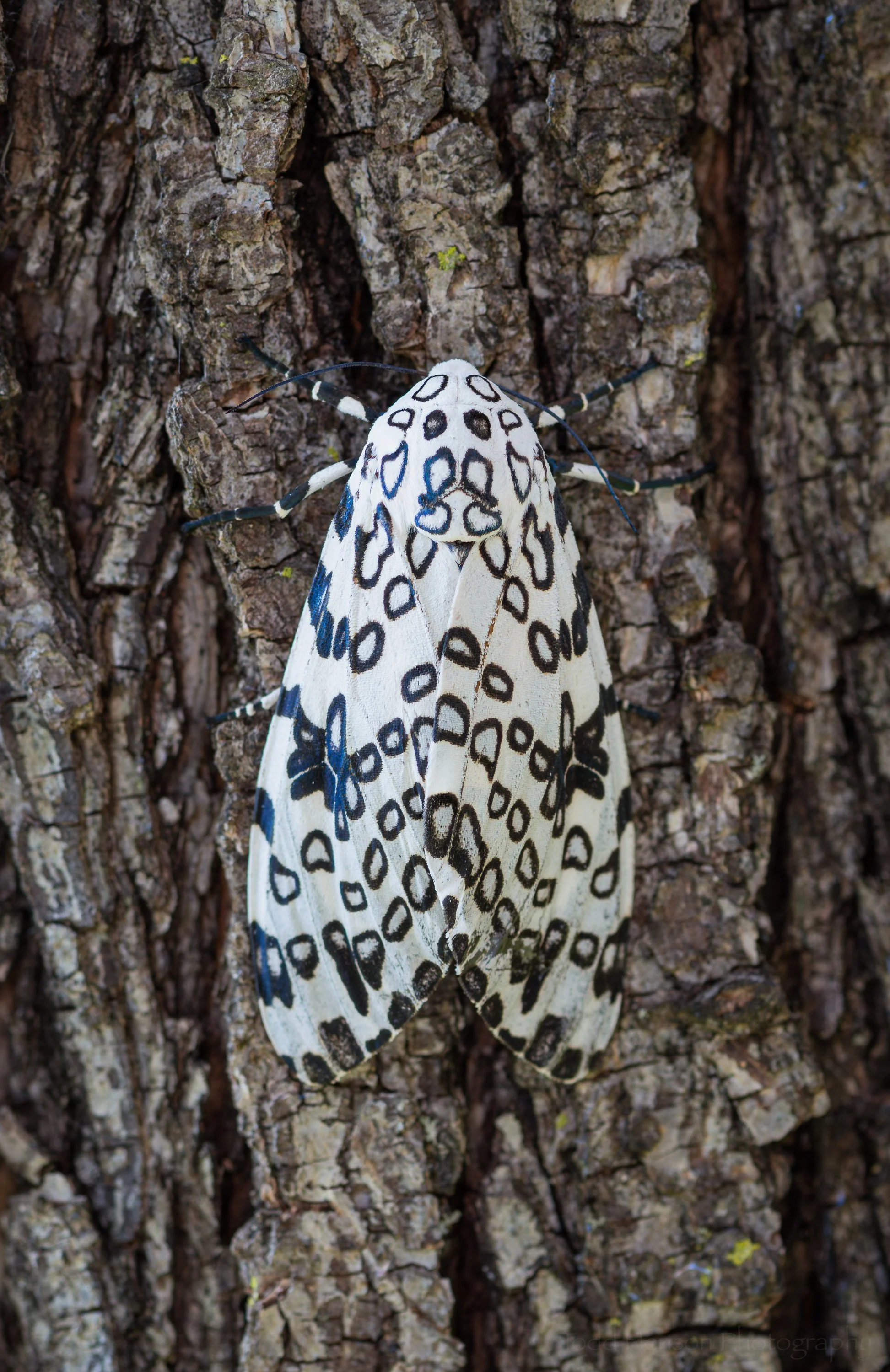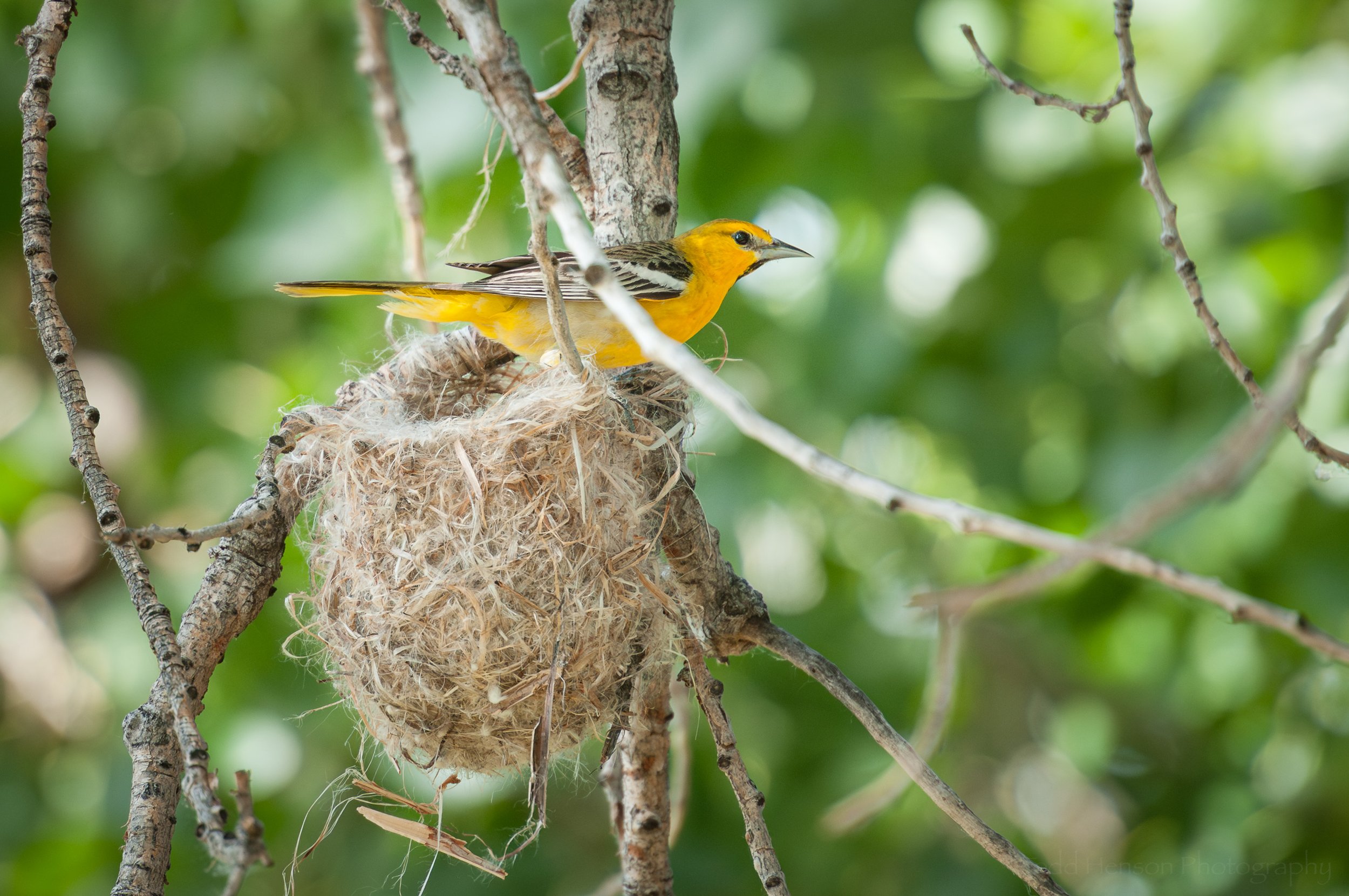I almost walked into this beautiful Eastern Copperhead
I’ve often encouraged you to keep your eyes open and learn to become more aware of what’s around you. Usually this is to allow you to better observe and appreciate the wonders of the natural world, but sometimes it’s also for your own safety. This past weekend while hiking with my father I almost walked right into an Eastern Copperhead, one of only three venomous snakes in Virginia and one of only two in this area (along with the Timber Rattlesnake), though thankfully it is the least venomous of them all. The third, if you’re curious, is the Northern Cottonmouth, also known as a water moccasin. I’m not sure I can describe the feeling I had when I looked down and saw the snake just below me, especially since this was, I believe, my first time seeing a copperhead in the wild. 😁
Thankfully, the Eastern Copperhead is not a naturally aggressive snake and will typically only lash out as a last resort at self defense. However, their natural defense is to remain perfectly motionless, which is how we can unknowingly disturb them if we do as I almost did and walk right into one. If touched they can because aggressive, and apparently if they’ve been sitting in the sun for a good long time and are nice and warm they can become aggressive more quickly than usual. I’ve read their bite is painful but generally not fatal. Still, it’s best to avoid the bite.
This particular Eastern Copperhead was just minding its own business, resting on the mud along the edge of the creek, perhaps coiled up watching for any small animals that might wander by and become prey. From what I’ve read this coil pattern is very common, with the tail raised in the air, and the head elevated at a slight angle. It was hard to say for certain, but it appeared to be about the average length of an adult, which is two to three feet. And it had a darker tail tip, unlike juveniles which have a yellow tail tip.
The best side view I managed to capture of this Eastern Copperhead
When threatened or nervous Eastern Copperhead will vibrate their tail, though they aren’t rattlesnakes so you won’t hear that typical rattle sound unless they vibrate their tail in dry leaves which apparently can cause a sound very similar to that of a rattler. Interestingly, they will also sometimes vibrate their tail to attract prey, which leaves me (jokingly) wondering if I happen by a copperhead and it’s vibrating its tail is it trying to warm me off or is it trying to attract me as prey?!? 😁 This particular copperhead remained perfectly motionless the entire time we were there, which wasn’t all that long, just long enough to get a good look at it and create several photographs.
We found the snake along a creek in a wooded area with plenty of exposed rock surfaces, perfect habitat for them. But you can find them all over Virginia in many different habitats. Unfortunately, that can bring them right to your home. I have friends who’ve had problems with copperhead in their garage, around their deck, or in their shed. As I’d mentioned they’re not a naturally aggressive snake, but because they remain motionless when nervous it can be easy to run right into one without knowing it’s there. And that can be a problem for young children or pets, so folks who live in those areas take special care to watch for them.
A cropped in view to show you the entirety of the coiled Eastern Copperhead. Notice the tail raised almost straight up and the head raised at a slight angle.
As is often the case these days the only lens I had with me was my 105 mm macro lens. In this situation I wish I’d had a longer focal length so I could perhaps have gotten some better closeups, but I was also very glad I had my 105 mm instead of a wider angle lens. I moved as close as I felt I could without disturbing the snake. I wish I could have maneuvered more to the side to get a better profile view, and I wish I could have gotten down on the ground to get an eye-level view. But there wasn’t a lot of room to move around, I didn’t want to disturb the snake, and this being the first I’ve seen in the wild I’m not comfortable enough with my knowledge of their behavior to risk moving too close and seriously aggravate it. But I’m very happy I was able to capture the images I did, and I hope to safely create more in the future.
A heavily cropped view to give you a better view of the back of the head, some of the patterns, and the tail. Notice that very angled shape to the head, which can be used to identify the venomous snakes in this area.
A heavily cropped view to show you the very distinctive vertical pupil in the eye, another feature of venomous snakes.
For the two photographs with the wider views I cropped in just a little, they’re almost full frame. But I did create some other versions far more heavily cropped to let you better see some detail in this remarkable snake. In the closeup of the head notice the angled shape of the head and the vertical pupil in the eye, distinctive of vipers. They’re called pit vipers because they have heat sensing pits located between eye and nostril and used to help locate prey. Unfortunately, these photos don’t provide a good view of the pit. But I’m hopeful they do contain enough detail to give you a decent (and safe) view of this Eastern Copperhead with the beautiful patterns along its length and that coppery colored head that gives the viper its name. It really is a remarkable creature.
Do you enjoy these posts?
Sign up to receive periodic emails with updates and thoughts. Don’t worry, I won’t spam you. And please consider purchasing artwork or products from my online store, and using my affiliate links in the sidebar to the right when shopping online.
I appreciate your support!



























